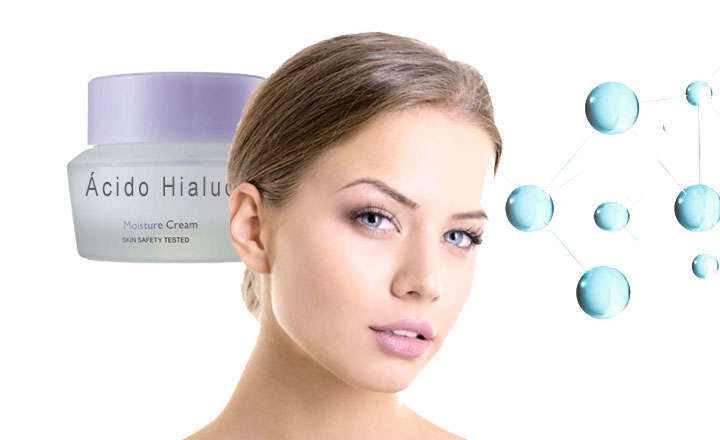Still wondering how long hyaluronic acid lasts on your face? Not sure if it’s permanent or temporary? Do you have doubts about its effectiveness and the results of creams, injections, and facial fillers? In this article, we will explain all of this and more, so keep reading to resolve many of the questions you have about sodium hyaluronate or hyaluronic acid.
How long does hyaluronic acid last?
Its effects vary depending on the type of molecule used and the method of application, whether topical or subdermal (on or beneath the skin).
The duration of hyaluronic acid on the face is 9 to 12 months, which can vary depending on age, skin condition, lifestyle, as well as the use of cosmetics and diet.
For it to last more than six months, it must be injected, meaning applied through subdermal injections. This way, it serves as a facial filler to eliminate wrinkles and expression lines, rejuvenating the face and eliminating signs of fatigue or a tired appearance.
Duration of the cream

Generally, it stays in the skin tissues for 24 to 48 hours, with its effectiveness being variable depending on skin condition, age, and lifestyle. It’s somewhat similar to when it’s injected.
However, its effects when applied to the face can last many more days. Hydration and the stimulation of new collagen synthesis continue for weeks, promoting younger-looking skin with better tone and enhanced natural radiance.
However, the best hyaluronic acid creams have lower effectiveness because the amount that penetrates the epidermis is small, but the great advantage is that they are much cheaper and you don’t need to visit an aesthetic clinic, avoiding the side effects and inflammation that typically lasts a few days after wrinkle treatments with medical procedures.
When to use injectable hyaluronic acid for the face?
Most dermatologists and aesthetic specialists recommend using injectable hyaluronic acid for the face when aging is advanced.

It is also possible to use it when there is facial sinking, lack of fat tissue, or loss of bone material. These situations are much more likely with age or as a result of diseases.
At what age is it recommended to use it?
We need to differentiate the uses to indicate from what age hyaluronic acid can be used.
Creams are suitable for all ages. From the age of 20, it’s good to use them occasionally for hydration, especially when there is sun exposure, during the summer months, after sunbathing at the beach or pool, alternating with an after-sun cream.
From the age of 30, it should be applied more frequently on the face to prevent aging and delay the appearance of the first wrinkles, especially frown lines, crow’s feet, and the first signs of nasolabial folds.
At 40 years old, hyaluronic acid injections for the face are viable, especially when expression lines become more pronounced and facial sagging and laxity appear. Once you’re in your 40s, it’s much more likely that elastin, which allows skin flexibility, is lost, and collagen is produced in smaller amounts. These situations are also accompanied by a decrease in hyaluronic acid produced by the body.
However, many young women use this substance between the ages of 20 and 30, and most of them as a product for lip enhancement with hyaluronic acid. In this case, age is not a problem. Lip augmentation is independent of age and skin health. So if you’re of legal age, you can undergo the procedure.
